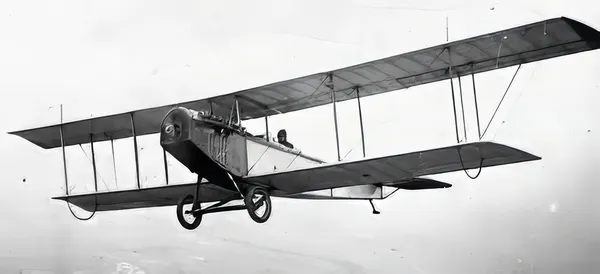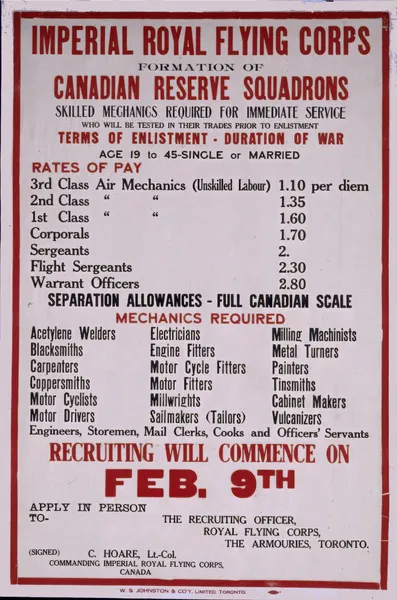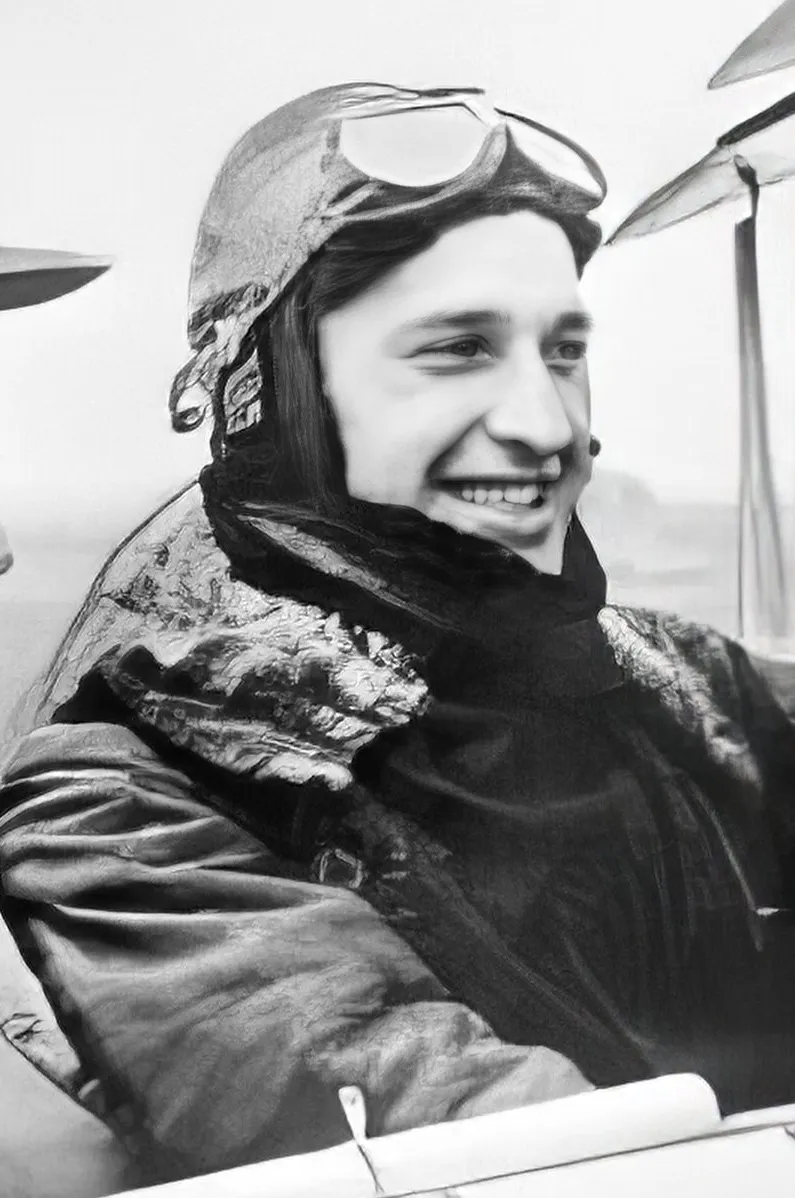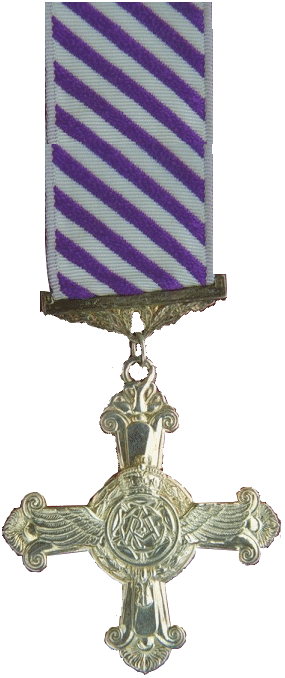Hoy, Ernest Charles (Captain)
Prisoner of War 1918-September-28
Service
RAF
Unit
29 (F) Sqn- Squadron (RAF)
Impiger Et Acer Energetic and Keen
Base
France
Rank
Captain
Position
pilot
Service Numbers
430191
Home
JN-4 Canuck serial: C222

(Source Harold A Skaarup Web Page) Curtiss JN-4 Canuck, Imperial Royal Flying Corps, over Camp Borden, Ontario, 1917
The JN-4 Canuck was a significant upgrade from the Curtiss JN-3. Canadian Aeroplanes Limited was formed in December 1916 and bought Curtiss Canada including the rights the rights to build the JN-4 as well as the OX.5 engine (they never produced the OX.5). On Februray 1 1917, CAL began building a 240,000 square foot building on Dufferin Street near current day Dupont in Toronto which they moved into on April 1, 1917.
CAL produced the JN-4, with orders from both the Aviation Section, Signal Corps (later US Army Signals then USAAC) and an order in December 1916 from the Imperial Royal Flying Corps (aka RFC Canada) for a training aircraft to be based in Canada. The Canadian version, the JN-4 (Canuck) had some differences from the American version:
- lighter airframe
- control stick is stead of control wheel
- ailerons on upper and lower wings
- bigger stronger and more rounded rudder
- and differently shaped wings, stabilizer, and elevators
The Canuck features did not appear in the USA built Curtiss version until the JN-4H.
1,260 JN-4s were built by Canadian Aeroplanes Limited in Toronto for the RFC in Canada and Aviation Section, Signal Corps (US). Its use by the Signal Corps was curtailed as the lighter structure was claimed to cause more accidents than the US-built aircraft, although no air fatalities were attributed to the structural integrity of the type.

The RFC used the JN-4 (Canuck), along with the Avro 504, for their primary First World War trainer using the Canadian Aeroplanes Limited variant. Many Royal Flying Corps pilots earned their wings on the JN-4, both in Ontario (Borden, Mohawk, Deseronto, Armour Heights, Leaside, Long Branch and Beamsville) and later in winter facilities at three fields at Camp Taliaferro, near Fort Worth Texas (Hicks Field, Barron Field, Carruthers Field). Although ostensibly a flight training aircraft, the Jenny was extensively modified while in service to undertake additional training roles.
Due to its robust but easily adapted structure able to be modified with ski undercarriage, the Canadian Jenny was flown year-round, even in inclement weather. The removable turtle-deck behind the cockpits allowed for conversion to stretcher or additional supplies and equipment storage, with the modified JN-4s becoming the first aerial ambulances, carrying out this role both during wartime and in later years. Most of the 6,813 Jennys built were unarmed, although some had machine guns and bomb racks for advanced training. With deployment limited to North American bases, none saw combat service in the First World War. Harold Skaarup web page and independent research
![]() The History of Munitions Supply in Canada, 1914-1918, David Carnegie, 1925
The History of Munitions Supply in Canada, 1914-1918, David Carnegie, 1925
![]() Aviation in Canada 1917-18, Lieutenant Alan Sullivan, RAF, 1919
Aviation in Canada 1917-18, Lieutenant Alan Sullivan, RAF, 1919


